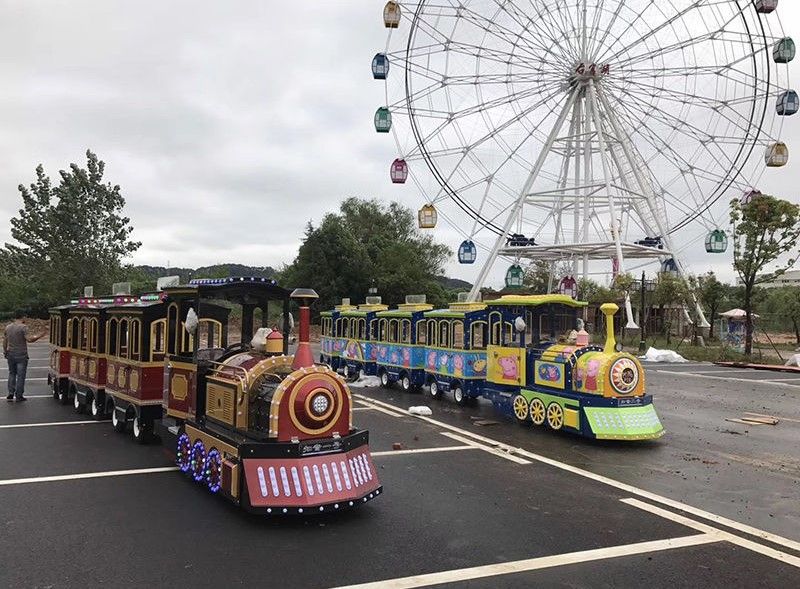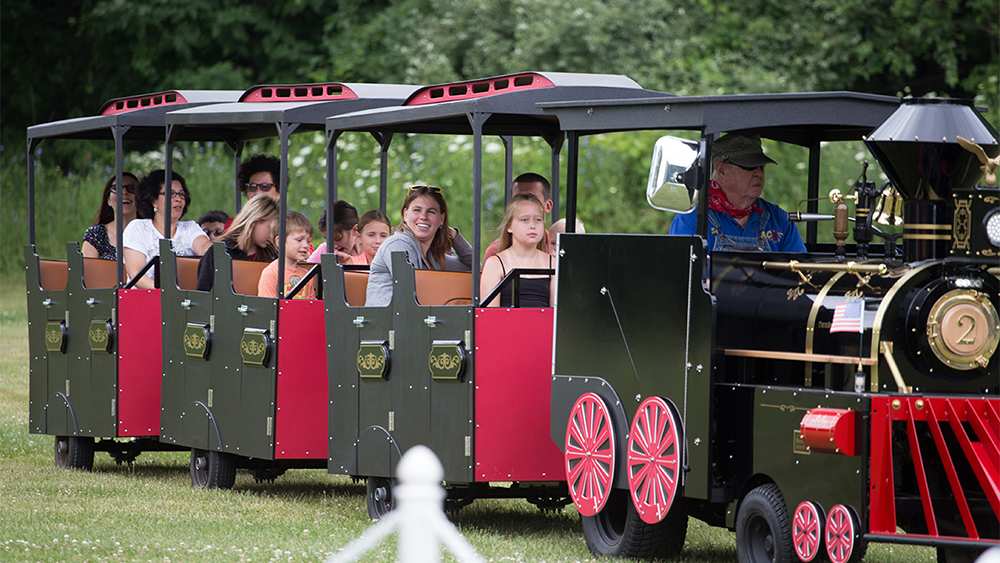Trackless trains, also known as trams, road trains, land trains, parking lot trains, or Choo-Choo trains, are versatile vehicles designed to transport passengers without the need for traditional railway tracks. Unlike conventional trains, which rely on a track system, these electric-powered vehicles offer flexible, eco-friendly transportation across a variety of terrains.
Table of Contents
Key Features and Benefits of Trackless Trains
Trackless trains consist of a locomotive (driving vehicle) that pulls multiple carriages or wagons connected by drawbar couplings. Their rubber tires allow them to operate effortlessly on flat, smooth surfaces such as roads, concrete, tough tiles, and indoor floors. Due to their maneuverability and ease of customization, they are popular choices for both indoor and outdoor settings, including shopping malls, museums, amusement parks, golf courses, carnivals, and tourist attractions.
Versatility in Customization and Use
One of the standout features of trackless trains is their versatility in design and customization. They can be tailored to various themes, colors, designs, and seating capacities, making them suitable for a range of uses:
- Amusement Rides: Perfect for theme parks and family entertainment centers, offering a unique and enjoyable ride experience.
- Tourist Rides: Ideal for sightseeing in cities, allowing tourists to comfortably explore multiple attractions.
- Freight or Baggage Transport: Efficiently designed for short-distance freight or baggage transport in environments like factories or airports.
- Mobility Assistance: Used in parks, golf courses, airports, and shopping centers to provide short-distance transport for elderly or disabled individuals.

Suitable Surfaces for Operation
Trackless trains are best suited for flat, even, and non-slip surfaces. They can easily travel on roads, concrete, and other smooth surfaces but are not recommended for elevated terrains like hills.
How Trackless Trains Work
A trackless train operates with a driving engine, typically powered by an electric motor or a combustion engine, which pulls one or more carriages. Standard models are manually operated by a trained driver, while advanced models utilize GPS and Lidar sensors for autonomous operation. The trains are designed to travel at a safe speed of 5 to 9 mph to ensure the safety of passengers and bystanders.

Safety and Capacity
Electric trackless trains are regarded as extremely safe, especially those manufactured by reputable companies like Sinorides. These trains comply with stringent local and international safety standards and use high-quality materials. A standard amusement trackless train can comfortably carry up to 16 passengers, making it an ideal family-friendly ride.
Additional Considerations for Operating a Trackless Train
- Street Operation: Trackless trains can operate on streets, provided the traffic is light and the road is wide enough for smooth turns.
- Space Requirements: A standard-size trackless train generally requires a space of 30 feet by 100 feet, although the exact space needed can vary based on the train’s dimensions and turning radius.
- Noise Levels: Electric trackless trains are virtually silent, making them ideal for indoor use. In contrast, those powered by combustion engines may generate some noise.

Cost Factors and Manufacturers
The cost of a trackless train can vary significantly depending on factors such as size, material, design, and the type of engine used. A standard-sized amusement trackless train from a Chinese manufacturer may start at around $10,000, while prices in the U.S. or European markets tend to be higher. Numerous manufacturers worldwide produce trackless trains, with Sinorides being a notable example in the industry.
Conclusion
Trackless trains offer a flexible, environmentally friendly, and engaging transportation solution for a wide range of settings, from amusement parks to urban sightseeing tours. With their ability to be customized to different themes and uses, they provide a unique way to enhance visitor experiences while supporting sustainable and innovative mobility solutions.
